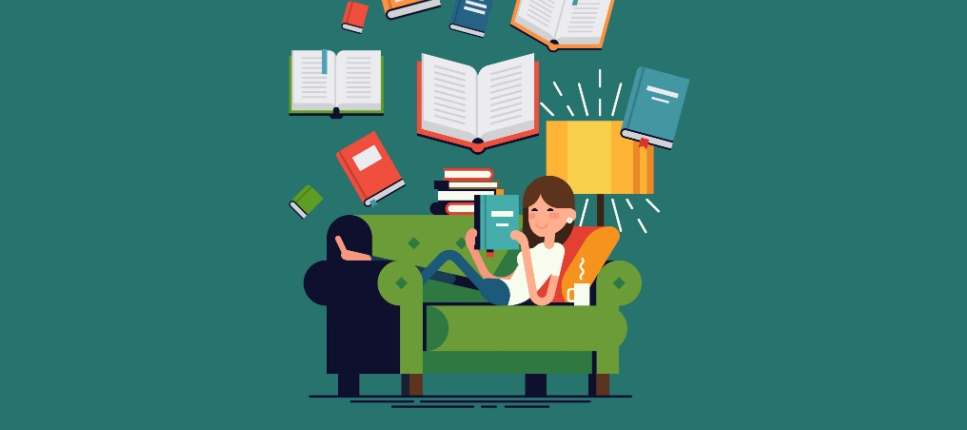Since the dawn of time, humans have been telling stories to pass on their most precious values and knowledge to their fellows. Nowadays, this activity is mainly used as entertainment and is associated with childhood. Research tells us that a well-crafted story can become a powerful learning tool, even for learners who have long since reached adulthood.
How much storytelling is part of human life?
An adaptive advantage? Did you know that more than half the content of our conversations is made up of personal stories and gossip? That’s how innate storytelling is to us… and how useful and effective it is from a behavioural standpoint. “Story is for a human as water is for a fish—all encompassing and not quite palpable” writes Jonathan Gottschall in The Storytelling Animal. It must be said that telling a story to someone else can become a “transfer of experience,” of ideas, thoughts and emotions (Hasson et al., 2010).
Why is storytelling a real learning tool?
A matter of attention. Even though we are no longer children, the idea of being told a story spontaneously makes us want to listen. One of the reasons for this is the narrative processes used in this particular case, which make us feel moved and held in suspense. By being more engaged in our listening, we are less likely to fall off the wagon (see Deciphering Attention) than when faced with a simple set of facts.
More brain regions activated. Being told a story activates more brain regions than getting a rational explanation. In addition, this narrative process leaves physical and emotional imprints that make its content better and longer remembered, and easier to retrieve.
Information that is more engaging, understandable and memorable. A story involves an emotional charge (see The Importance of Emotions in Learning and 4 Emotions of Learning), a personal dimension, and involves presenting things in an appealing and understandable way. All these factors encourage listeners to project themselves into what is being told, to make it their own.
Evocative words. When telling a story, we use concrete, evocative words and metaphors that can stimulate all the senses whose respective regions are activated in the brain (Gonzalez et al., 2006). Listeners can thus create their own personal, multisensory little film in their heads. By being creative, they are also more active and motivated in their listening, which promotes memorization and learning.
What are the rules for using a story for learning?
Three ingredients for an uplifting story. For a story to be an effective learning tool, it must:
- be appropriate and credible for the audience it is intended for;
- have an increasing level of suspense;
- portray a protagonist who takes up a challenge or resolves a conflict that is both emotionally and intellectually challenging.
Other sources:
- Annie Murphy Paul, Your Brain on Fiction, The New York Times, 2012.
- Paul J. Zak, Why Your Brain Loves Good Storytelling, Harvard Business Review, 2014.
- Saga Briggs, How Storytelling Can Enhance Any Learning Experience, informeED, 2015.
- Bruno Hourst, Raconter une histoire peut améliorer n’importe quelle expérience d’apprentissage, Mieux Apprendre, 2019.
Related articles:
- Learning and Forgetting: New Perspectives on the Brain
- Metacognition 101
- Develop your Metacognitive Skills
- Neuroscience: learning in 4 steps
- The Importance of Emotions in Learning
- 4 emotions of learning
- 8 Types of Memory… to Remember!
- 8 key elements of learner engagement
- Attention, in numbers
- Deciphering Attention
Author:
Catherine Meilleur
Creative Content Writer @KnowledgeOne. Questioner of questions. Hyperflexible stubborn. Contemplative yogi.
Catherine Meilleur has over 15 years of experience in research and writing. Having worked as a journalist and educational designer, she is interested in everything related to learning: from educational psychology to neuroscience, and the latest innovations that can serve learners, such as virtual and augmented reality. She is also passionate about issues related to the future of education at a time when a real revolution is taking place, propelled by digital technology and artificial intelligence.





